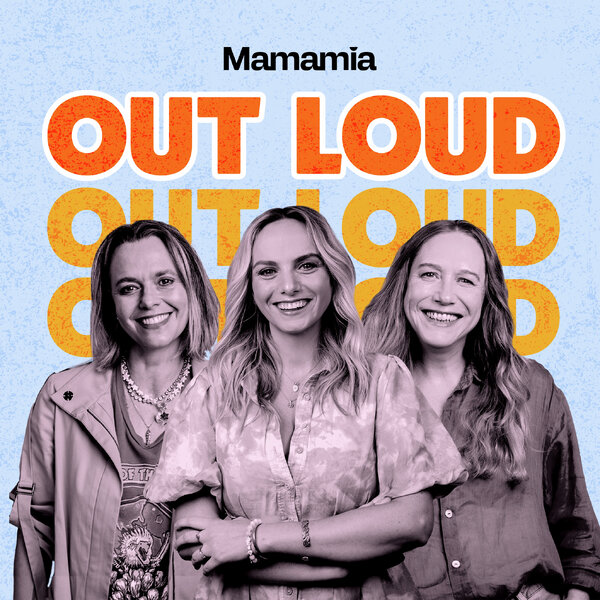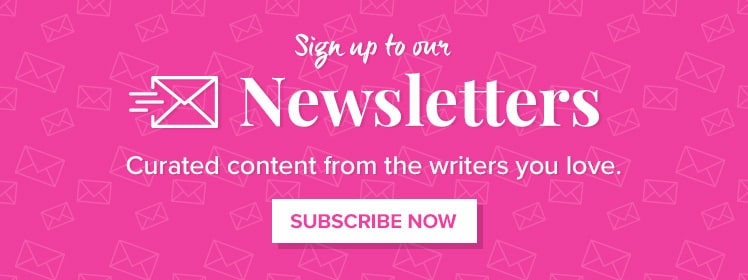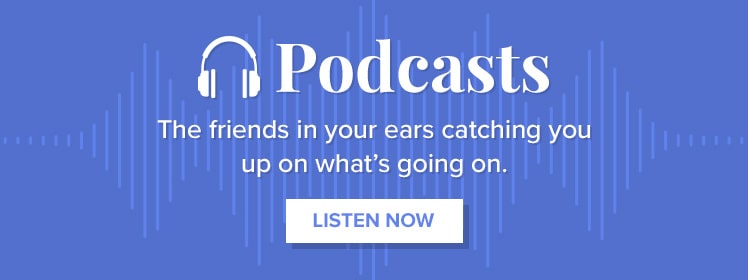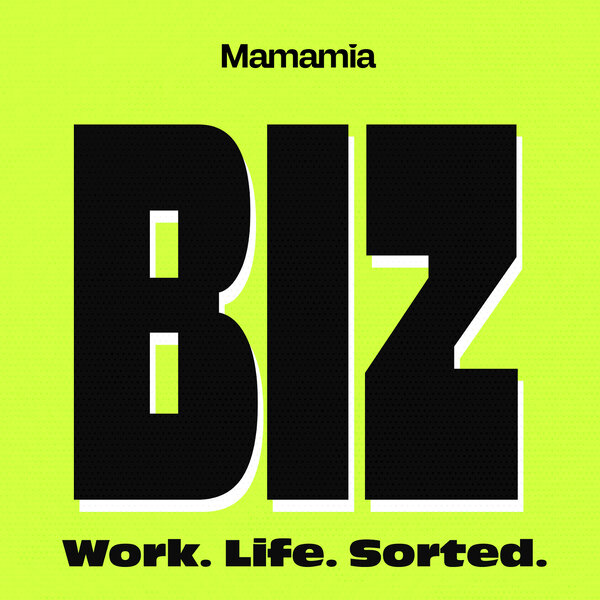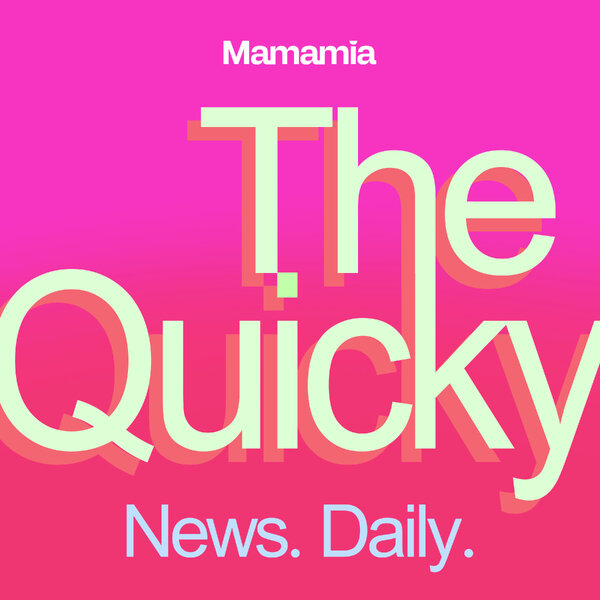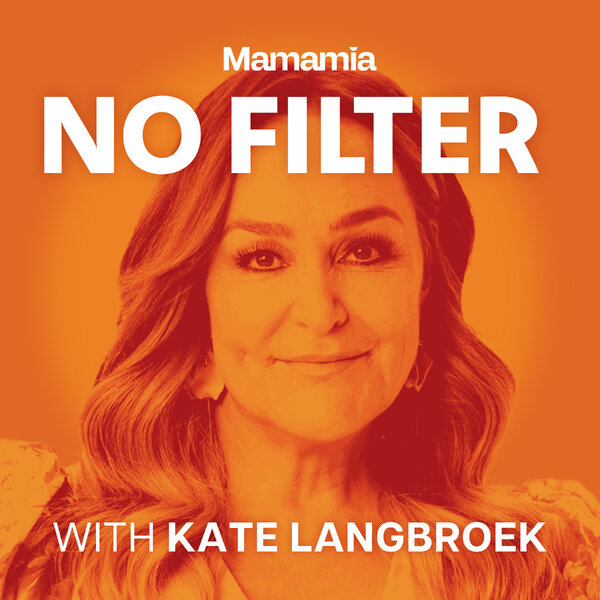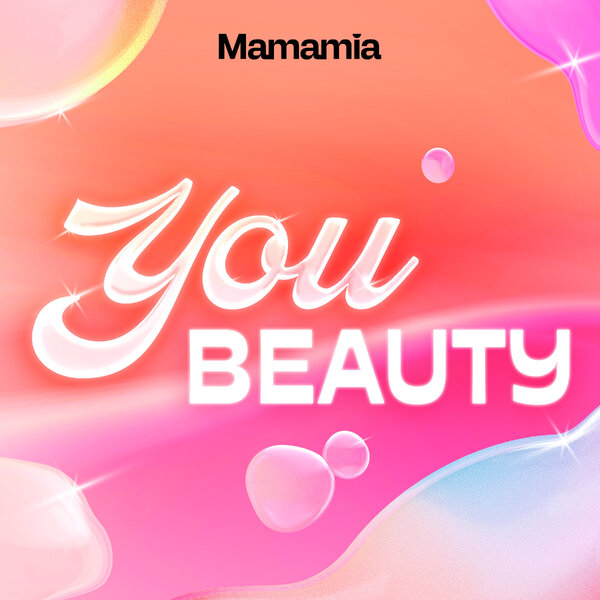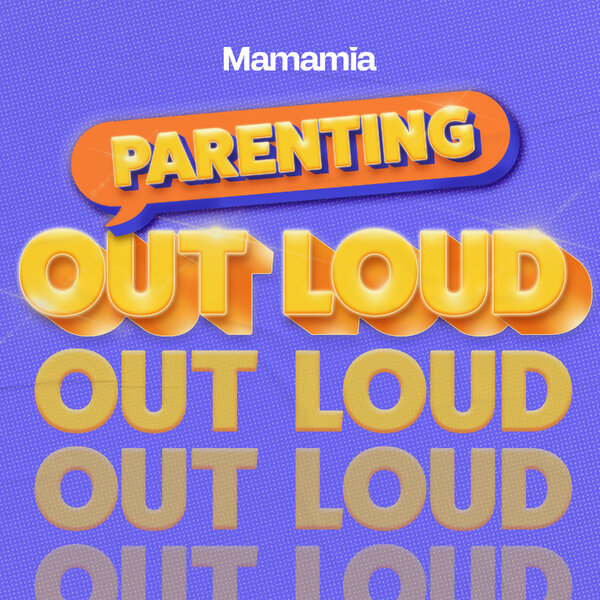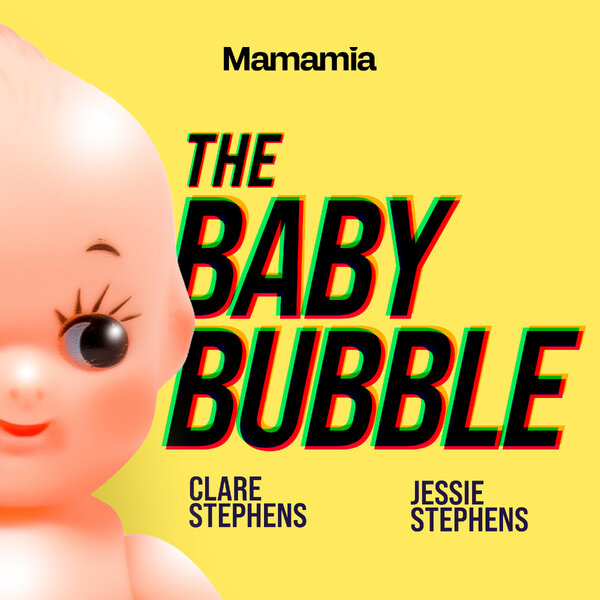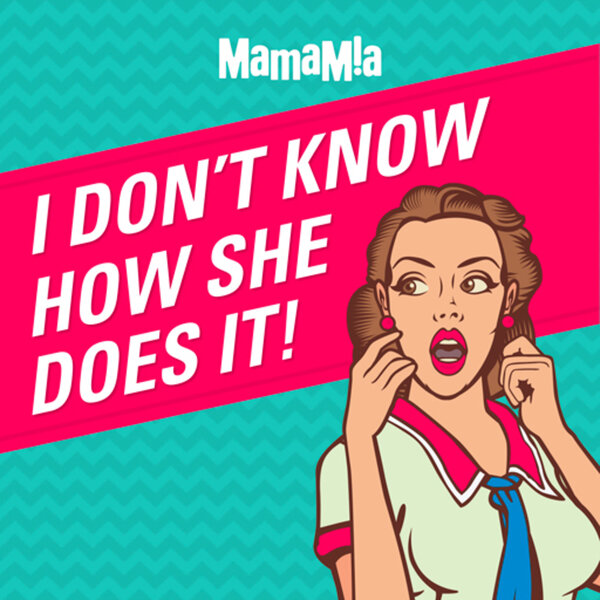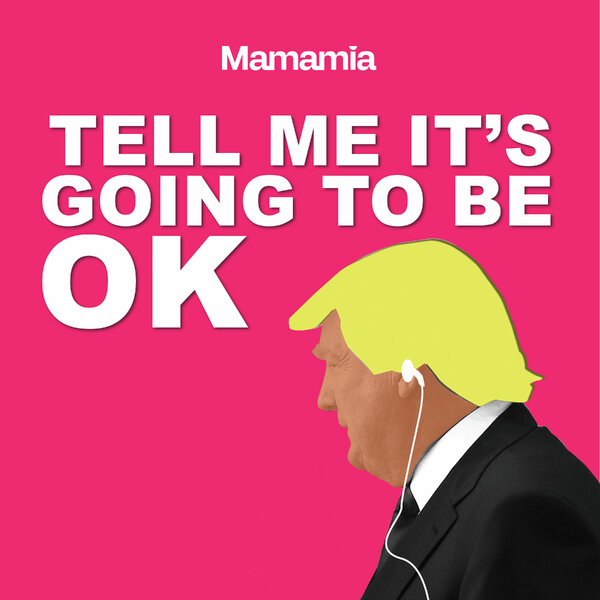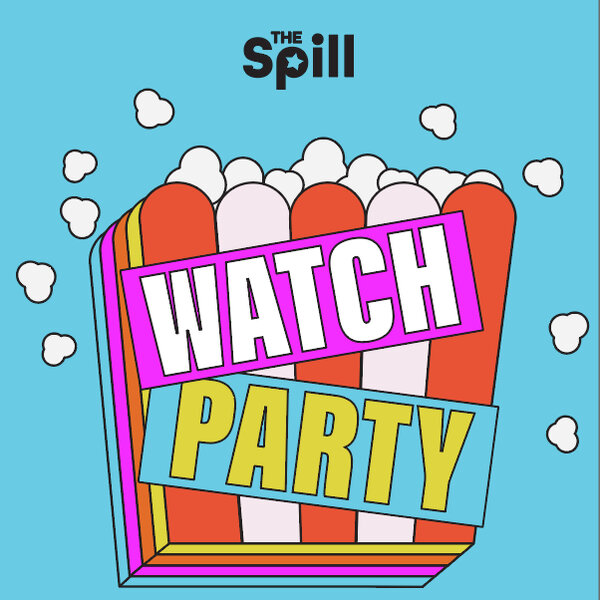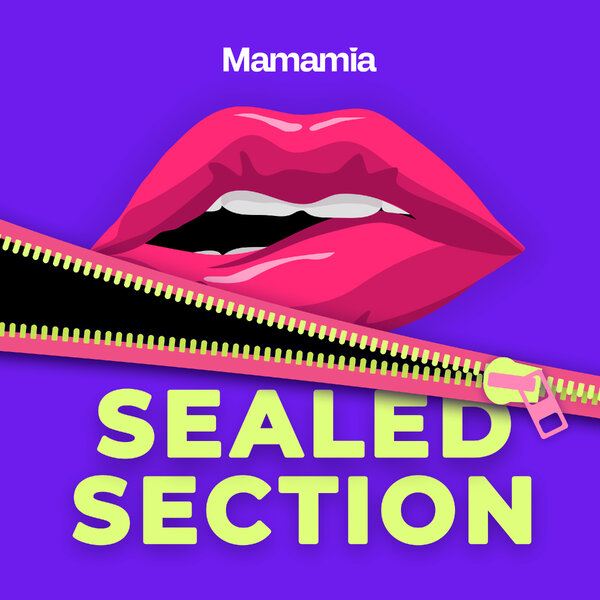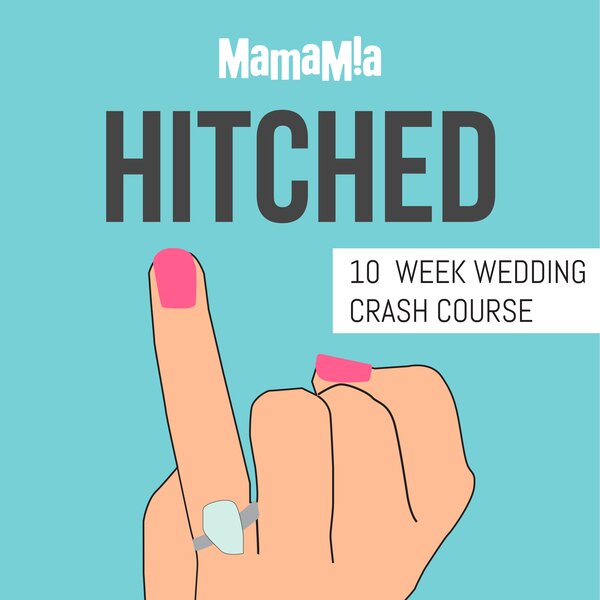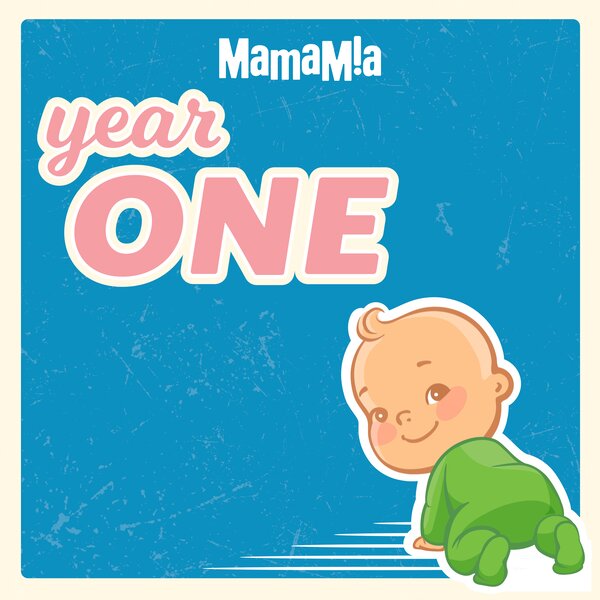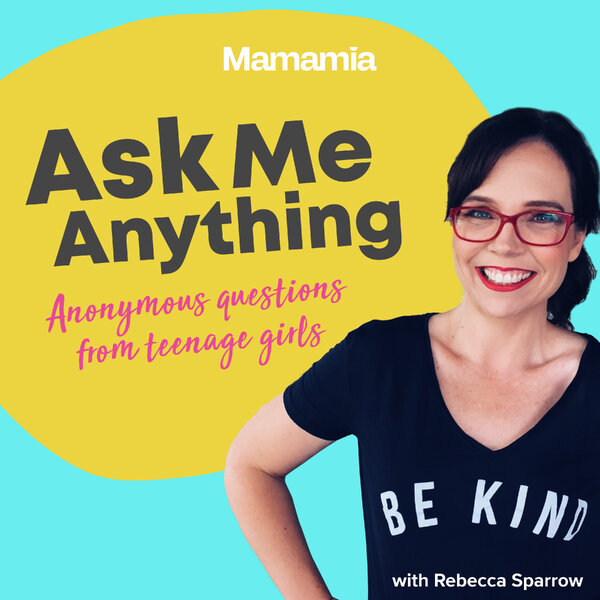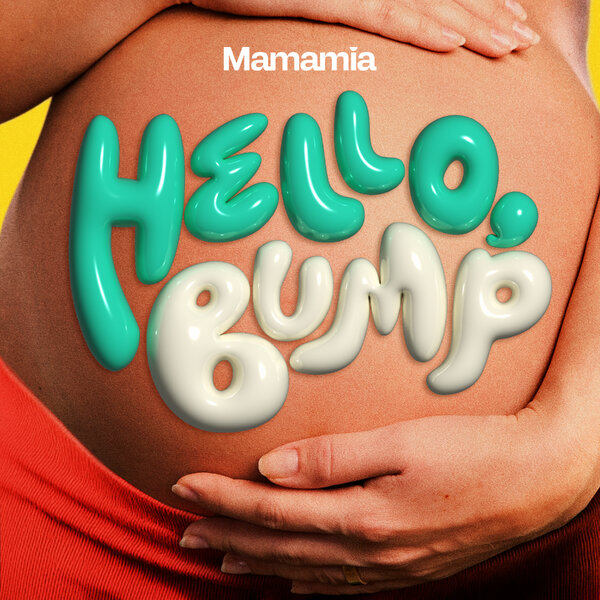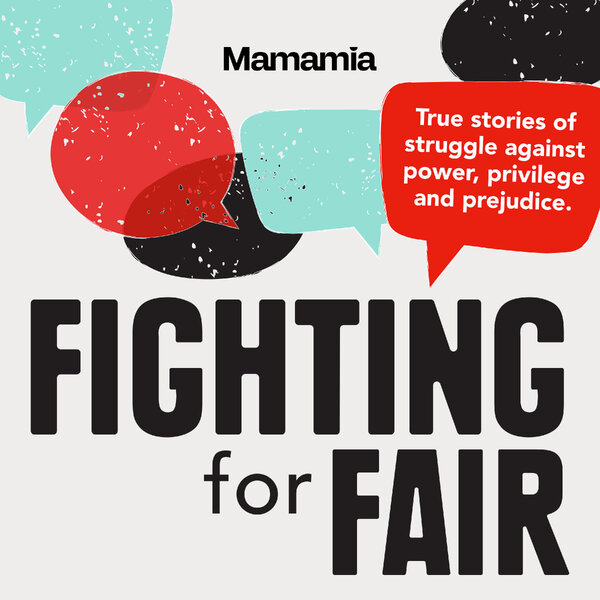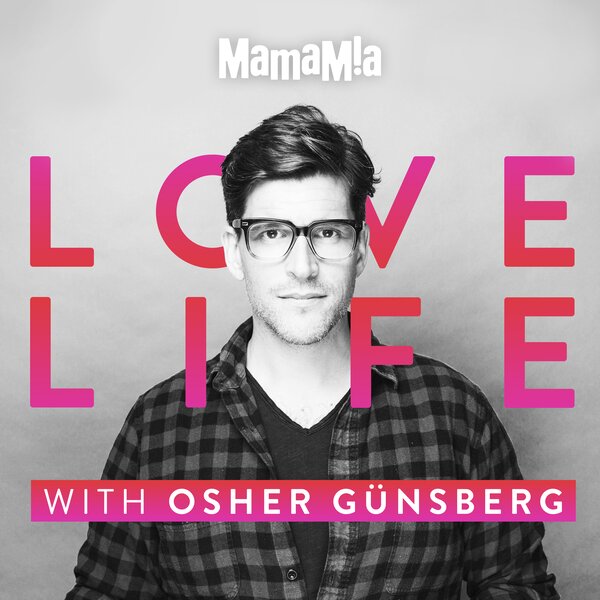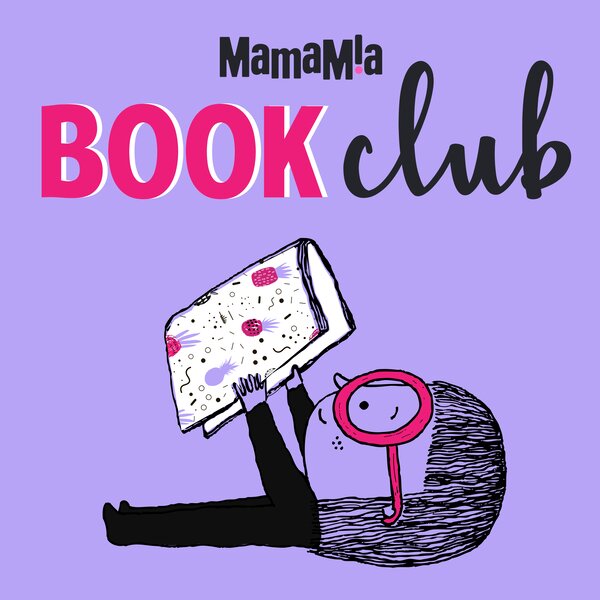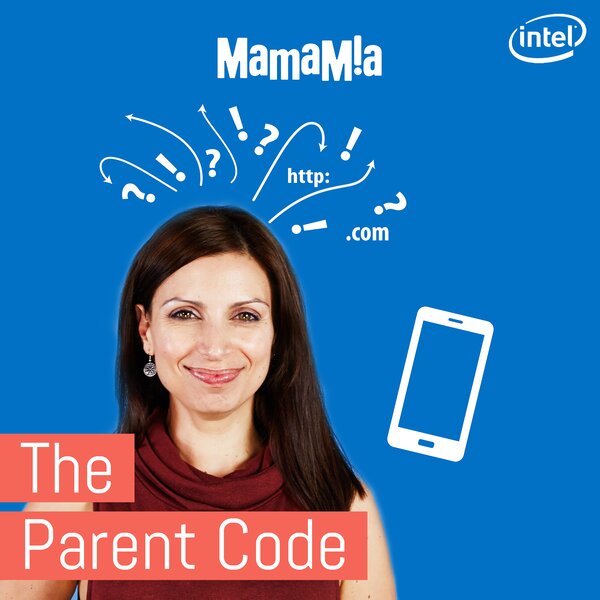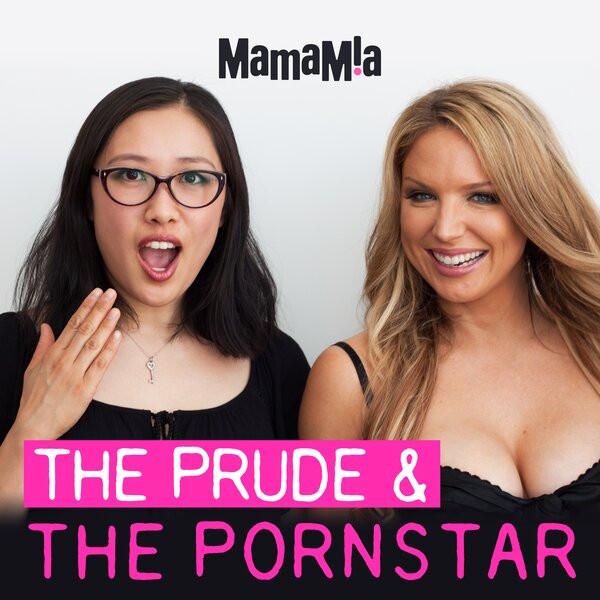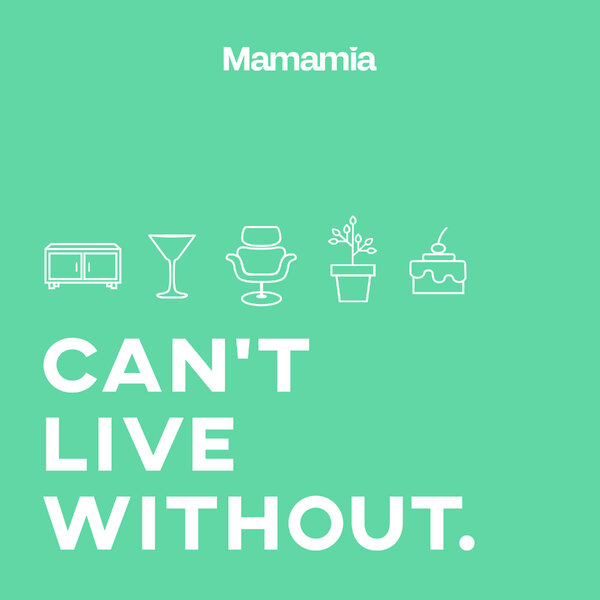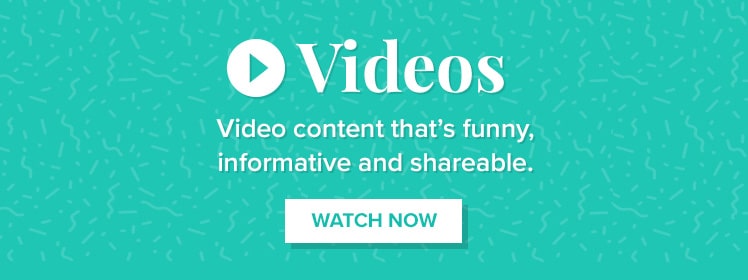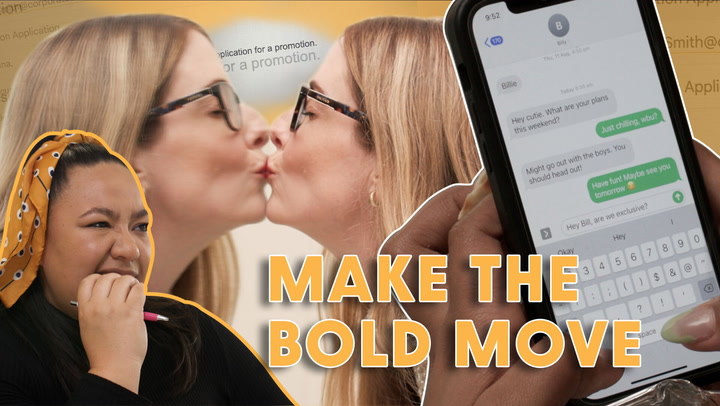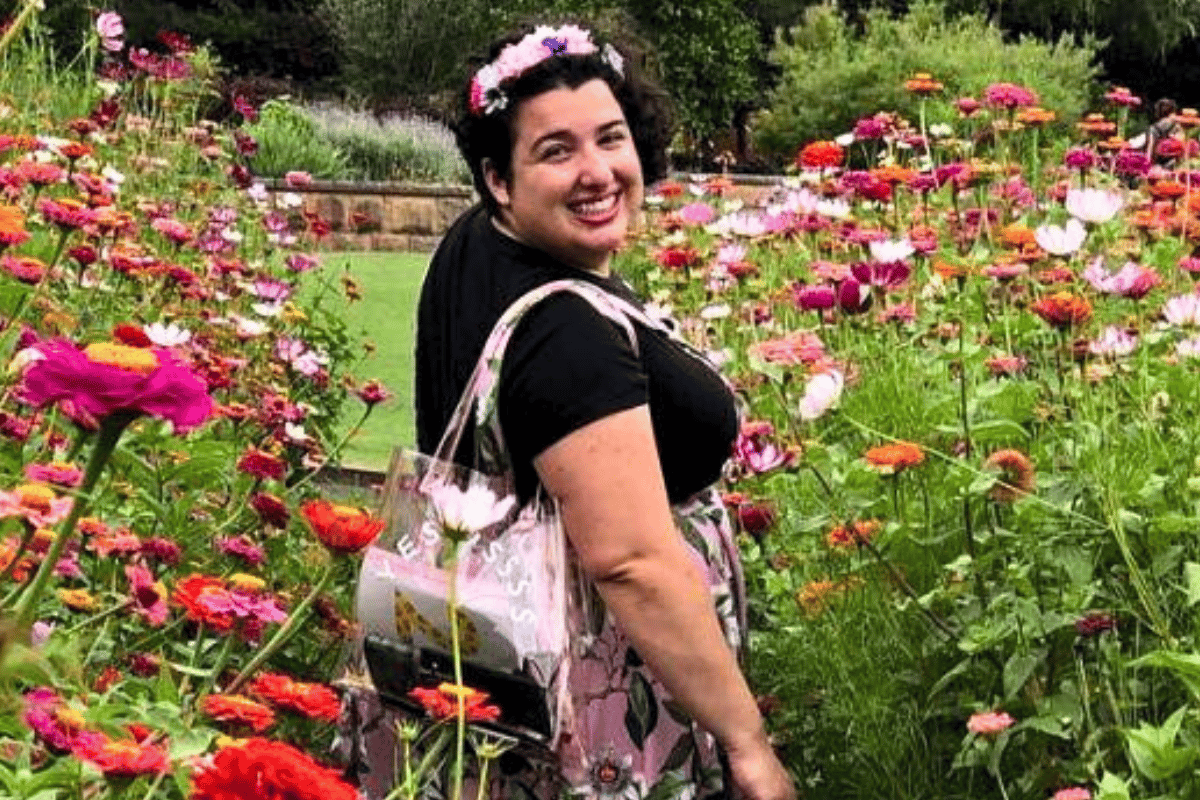
"I think I have ADHD," I told my psychologist, trying to sound casual, like I hadn't rehearsed it five times in the car.
"I read an article."
(It was definitely a TikTok. It was many Tiktoks.)
I've always been a bit of a hypochondriac. I spent my teens researching really obscure psychoanalytic disorders that even Freud wouldn't touch. I once convinced myself I had a rare neurological disorder because I kept tripping over things.
But this felt different.
I wasn't spiralling over something I'd researched — I was drowning in something very real.
I was deep in the sleep-deprived, structure-less haze of maternity leave. The hormones were one thing, but the nothingness — no work deadlines, no calendar full of external expectations — was what really undid me. Without scaffolding, everything unravelled.
I couldn't finish a thought, let alone a to-do list. I cried when I lost the baby nail clippers for the third time in a day. I cried when I forgot the nappies twice. I couldn't explain what was wrong, only that I felt broken and that I was the worst mum.
But if I'm being honest, I'd always felt a bit broken. Like there was a gap between what I knew I could do and what I actually managed to do.
Listen to Well discuss the adults being diagnosed with ADHD. Post continues below.
I was the classic "potential" kid — clever, creative, always very ahead or very behind on assignments. I was always very early or very late to appointments. I'd burn bright in new jobs, then fizzle under the admin. I'd forget birthdays, ghost group chats, feel shame about the way I could hyperfocus for 12 hours but couldn't put away a basket of washing.
